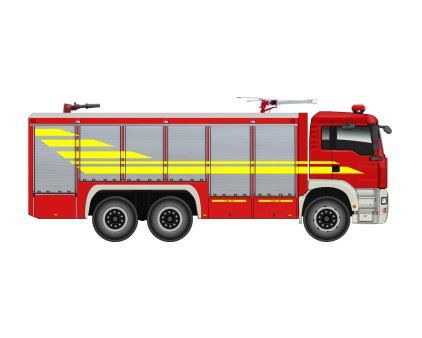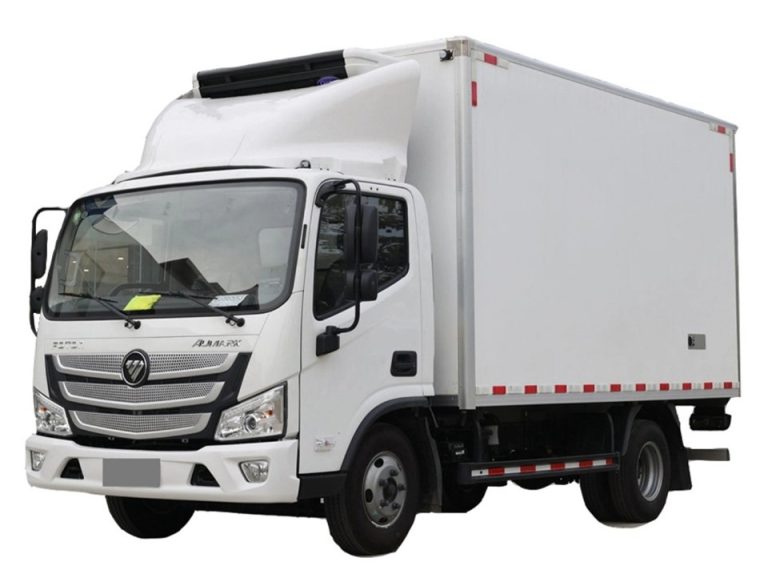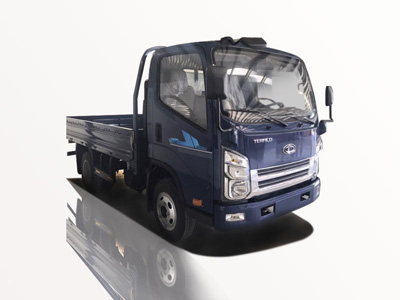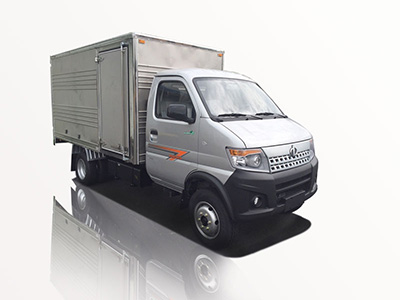Fire trucks are an essential part of our emergency services, providing rapid response to fires, medical emergencies, and other situations. However, one question that often arises is, “how much do fire trucks weigh?” This article delves into the various types of fire trucks, their weights, and other factors that influence how much they weigh. We will explore practical examples, important considerations in the industry, and answer frequently asked questions.
Understanding Fire Truck Types
To comprehend the weight of fire trucks, it’s essential to first understand the different types available. Fire trucks are categorized based on their function, size, and equipment. Here are some common types:
1. Pumper Trucks
Pumper trucks are the most common type of fire truck. They carry water, hoses, and firefighting equipment. Typically, a pumper truck can weigh between 30,000 and 40,000 pounds.
Weight Factors
- Size of the water tank
- Type of firefighting equipment onboard
- Chassis and manufacturing materials
2. Aerial Trucks
Aerial trucks are equipped with tall ladders or platforms that can reach high places. These trucks generally weigh between 40,000 and 80,000 pounds due to their additional equipment and structure.
Weight Factors
- Height of the ladder or platform
- Weight of stabilizers
- Additional tools and equipment
3. Tanker Trucks
Tanker trucks are designed to transport large amounts of water to areas without fire hydrants. Their weight can range from 25,000 to 60,000 pounds.
Weight Factors
- Water capacity (from 1,000 gallons to over 3,000 gallons)
- Material of the tank
- Type of chassis used
4. Brush Trucks
Brush trucks are smaller and designed for wildfires or rugged terrains. They typically weigh between 8,000 and 20,000 pounds.
Weight Factors
- Water capacity (usually around 500 to 1,200 gallons)
- Size of the vehicle
- Specialized firefighting equipment
5. Rescue Trucks
Rescue trucks are equipped with medical and rescue equipment. Their weight usually falls between 20,000 and 30,000 pounds.
Weight Factors
- Medical equipment carried
- Rescue tools and gear
- Cab design and materials used
What Influences Fire Truck Weight?
Several factors contribute to the overall weight of fire trucks. Understanding these can give a clearer picture of how much these vehicles can weigh.
1. Equipment Load
The type and amount of equipment carried onboard play a significant role in the overall weight. Firefighters need numerous tools and devices, from hoses to hydraulic rescue tools, adding to the truck’s mass.
2. Vehicle Construction
The materials used in constructing the truck (steel, aluminum, etc.) also influence the weight. Lightweight materials may reduce the overall weight without compromising structural integrity.
3. Water Capacity
Water tanks are a major contributing factor. Filling the tank significantly increases the weight of the fire truck. A tank full of water can add thousands of pounds, affecting weight distribution and handling.
4. Design and Configuration
The design of the fire truck, including the frame and layout, can also affect its weight. Fire trucks with additional features, such as extended ladders or specialized compartments, may weigh more.
5. Regulatory Standards
Fire trucks must meet specific safety and performance standards which can dictate their weight classification. Some jurisdictions have weight limits that must be adhered to.
How Fire Truck Weight Impacts Performance
The weight of a fire truck has critical implications for its performance. Understanding these effects is crucial for fire departments and manufacturers alike.
1. Maneuverability
Heavier vehicles often face challenges in maneuverability, particularly in tight urban areas. Fire trucks need to navigate quickly to emergencies, and excessive weight can impede that capability.
2. Braking Distance
The stopping power needed for heavier fire trucks is greater, which means they require longer distances to halt. This can become crucial during high-speed responses.
3. Fuel Efficiency
More massive fire trucks typically have poorer fuel efficiency, leading to higher operational costs. Departments must balance capacity and fuel economy for budgetary reasons.
4. Load Distribution
Proper load distribution is essential for safety. Uneven weight can lead to handling issues and increase the risk of overturning, particularly when turning corners or traveling on slopes.
Practical Examples of Fire Truck Weights
Understanding the context of fire truck weights can be greatly enhanced through practical examples. Below is a comparative table that illustrates various types of fire trucks and their weights:
| Fire Truck Type | Weight Range (lbs) |
|---|---|
| Pumper Truck | 30,000 – 40,000 |
| Aerial Truck | 40,000 – 80,000 |
| Tanker Truck | 25,000 – 60,000 |
| Brush Truck | 8,000 – 20,000 |
| Rescue Truck | 20,000 – 30,000 |
Hiring and Maintaining Fire Trucks
When hiring or purchasing fire trucks, understanding their weight is crucial for various reasons related to safety, compliance, and operational efficiency.
1. Compliance with Weight Regulations
Regulatory compliance often depends on the weight of the vehicle. Fire departments must ensure that their trucks meet highway weight limits and adhere to the standards set by local authorities.
2. Fire Station Requirements
The design of fire stations should accommodate the weight and size of fire trucks. Proper structural support is necessary to avoid damage over time.
3. Maintenance Considerations
Heavier trucks may require specialized maintenance or parts. Departments need to factor this into their budgeting and planning to maintain operational readiness.
Innovations in Fire Truck Design
As technology evolves, fire truck manufacturers are developing innovative designs that may influence truck weight.
1. Lightweight Materials
Manufacturers are increasingly using lightweight materials like high-strength steel and composites to reduce the overall weight of fire trucks without sacrificing safety.
2. Advanced Driver Assistance Systems (ADAS)
Implementation of ADAS technologies can improve vehicle handling and safety, which becomes increasingly essential as trucks become heavier.
3. Electric Fire Trucks
With the rise of electric vehicles, some manufacturers are exploring electric fire trucks. While the battery may add weight, the overall design can lead to lighter vehicles by minimizing other components.
FAQs
1. What is the average weight of a fire truck?
The average weight of a fire truck can vary widely, typically ranging from 8,000 pounds for brush trucks to over 80,000 pounds for heavy aerial trucks.
2. How does the weight of a fire truck affect its performance?
The weight impacts maneuverability, braking distances, fuel efficiency, and load distribution, which are critical for safe and effective firefighting.
3. Why are fire trucks so heavy?
Fire trucks carry essential firefighting equipment, a large water supply, and are built with robust materials to ensure safety and durability, all contributing to their weight.
4. Are there regulations regarding fire truck weight?
Yes, fire trucks must comply with local, state, and federal regulations regarding weight limits, especially when on highways and roadways.
5. How much does a fire truck full of water weigh?
A fire truck typically adds around 8.3 pounds per gallon of water, meaning a full 1,000-gallon tank can add over 8,300 pounds to a truck’s weight.
6. Do all fire trucks have the same weight?
No, fire trucks come in various types and configurations, leading to a wide range of weights from 8,000 to over 80,000 pounds.



